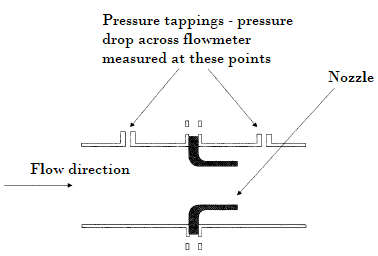Tag: instrumentation
-
4–20 mA Is Not Just a Signal — It Is a Safety Decision
Industrial automation continues to evolve rapidly, incorporating digital networks, smart instrumentation, and industrial Ethernet protocols. Despite these advancements, analog current loops—specifically 4–20 mA—remain the most widely deployed communication method for transmitting process variables such as pressure, temperature, level, and flow from field instruments to control systems like PLCs, DCS, and SCADA. Textbooks and engineering training…
-
Precision Control in Industrial Heating: How Advanced Induction Systems Enhance Efficiency
Modern manufacturing demands smarter heat treatment. Specifically, factories seek greater precision, energy efficiency, and automation. Traditional methods like gas or furnace heating often fall short. They struggle with slow response times, inconsistent results, and high energy waste. So, what is the solution? Advanced induction heating systems answers this call. They offer unparalleled precision control. This…
-
How Temperature Sensors Are Transforming IoT in Smart Devices
The rise of smart devices and the Internet of Things (IoT) has revolutionised the way industries collect, process, and act on data. Among the many parameters being monitored, temperature stands out as a critical factor across sectors such as manufacturing, pharmaceuticals, automotive, energy, and consumer electronics. Temperature sensors, particularly thermocouples and Resistance Temperature Detectors (RTDs),…
-

Common Types of Differential Pressure Flowmeters
The term ‘flow’ can generally be applied in three distinct circumstances: Volumetric flow is the commonest and is used to measure the volume of material passing a point in unit time such as m3s-1. It may be indicated at the local temperature and pressure or normalized to some standard conditions using the standard gas law…
-
PLC Input & Output Modules Circuits
The PLC Input/output modules are control ports either built into the PLC unit or, more commonly, are packaged as separate plug-in modules where each module contains a set of ports. These I/O modules act as interfaces to the outside world. I/O Modules can be broadly classified into two groups: Those that utilize discrete I/O levels…
-
How to Choose the Perfect Thermal Mass Flow Meter
Among all flow meter types, thermal mass flow meters have become a go-to solution for accurate gas flow measurement in many industries, from manufacturing and chemical processing to environmental monitoring and research laboratories. Their ability to provide precise, repeatable, and direct mass flow readings—without the need for temperature or pressure compensation—makes them highly valuable. But…
-
Tube & Tube Fittings – Instrument Tubing Connections
Tube is a hollow structure that is designed to provide an enclosed pathway for fluids to flow just in the same way as the pipe. Tubes are manufactured from rolled or extruded metal however plastic is a common tube material for many industrial applications. In this article we discuss some of the common methods for…
-
What is the function and application of a Modulation Analyzer?
Modulation analyzer is used in communication systems for investigating amplitude, frequency and phase-modulated RF signals. Also referred to as a precision receiver, it can measure carrier frequency and power in addition to modulating frequency, modulation depth, frequency deviation and so forth. It is applied in testing transmitters, RF signal generators, attenuators, and other communication circuits.…
-
Distortion Meter vs. Wave Analyzer, How do they Differ?
Though these two instruments may appear similar in their functionality, there are actually subtle differences between them in terms of their functions and operations. The distortion meter is used to measure the total harmonic distortion content in an input waveform whereas the wave analyzer is used to measure relative amplitude of single frequency components in…